This journal on the morning of January 27, 2010,
the day of J. D. Salinger’s death, had a post on
Nietzsche and Heraclitus titled “To Apollo.”
Related material:
“… the wind was noisy the way it is in spooky movies
on the night the old slob with the will gets murdered.”
— From the opening sentence of the first Holden Caulfield
story, published in the Collier’s of December 22, 1945
See also Peter Matthiessen on Zen, Salinger and Vedanta,
and Heraclitus in this journal. Some background—
A quotation from Nietzsche…
(Sämtliche Werke, Kritische Studienausgabe in 15 Bänden (KSA).
Herausgegeben von Giorgio Colli und Mazzino Montinari.
Berlin: De Gruyter, 1980):
“Nietzsche wrote:
‘Seeing the world as a divine game and beyond good and evil:
in this both the Vedanta and Heraclitus are my predecessors.'”
— KSA vol. 11, page 26, as quoted by André van der Braak
in a chapter from his 2011 book Nietzsche and Zen
(Darin, dass die Welt ein göttliches Spiel sei
und jenseits von Gut und Böse —
habe ich die Vedanta-Philosophie
und Heraklit zum Vorgänger.)












































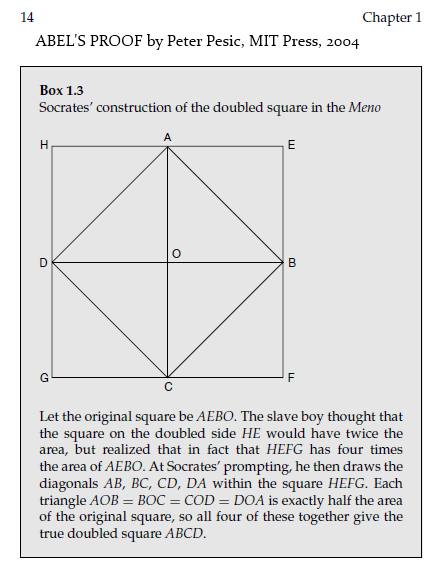

























 For Mira Sorvino, star of "Tarantella,"
For Mira Sorvino, star of "Tarantella,"






 \
\









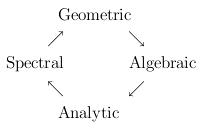


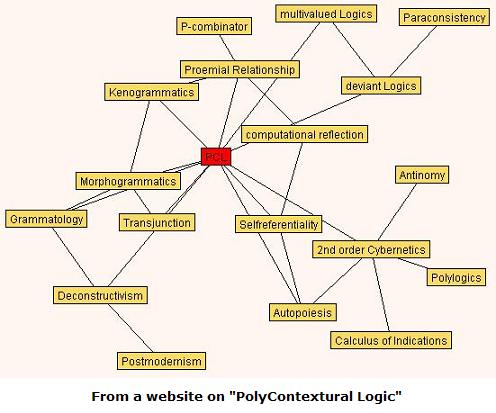











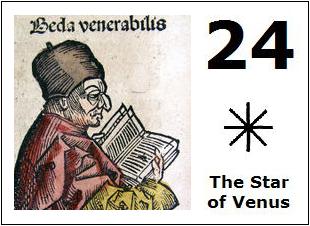

 doesn’t change, even if the idea one has about it may change.’ ( p. 263). This claim, referring to a ‘crescendo of absurdity’ in Sokal’s original hoax in Social Text, is criticized by anthropologist Joan Fujimura, in an article translated for IS*. Most of Fujimura’s article consists of an astonishingly bland account of the history of non-euclidean geometry, in which she points out that the ratio of the circumference to the diameter depends on the metric. Sokal and Bricmont know this, and Fujimura’s remarks are about as helpful as FN’s** referral of Quine’s readers to Hume (p. 70). Anyway, Sokal explicitly referred to “Euclid’s pi”, presumably to avoid trivial objections like Fujimura’s — wasted effort on both sides.32 If one insists on making trivial objections, one might recall that the theorem
doesn’t change, even if the idea one has about it may change.’ ( p. 263). This claim, referring to a ‘crescendo of absurdity’ in Sokal’s original hoax in Social Text, is criticized by anthropologist Joan Fujimura, in an article translated for IS*. Most of Fujimura’s article consists of an astonishingly bland account of the history of non-euclidean geometry, in which she points out that the ratio of the circumference to the diameter depends on the metric. Sokal and Bricmont know this, and Fujimura’s remarks are about as helpful as FN’s** referral of Quine’s readers to Hume (p. 70). Anyway, Sokal explicitly referred to “Euclid’s pi”, presumably to avoid trivial objections like Fujimura’s — wasted effort on both sides.32 If one insists on making trivial objections, one might recall that the theorem




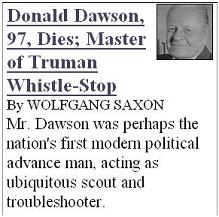




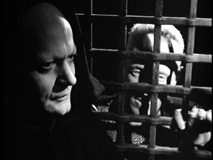
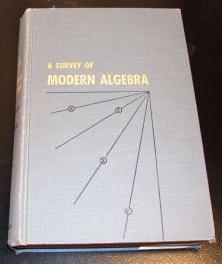









 The Triangle (TRIKONA)
The Triangle (TRIKONA)












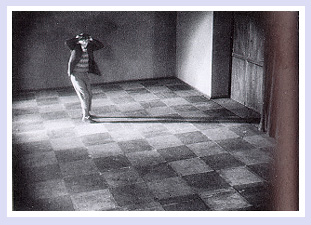
 ndrew Forge, a painter, critic, teacher and former dean of painting at the Yale School of Art, died on Wednesday [Sept. 4] in New Milford, Conn. He was 78…
ndrew Forge, a painter, critic, teacher and former dean of painting at the Yale School of Art, died on Wednesday [Sept. 4] in New Milford, Conn. He was 78… 